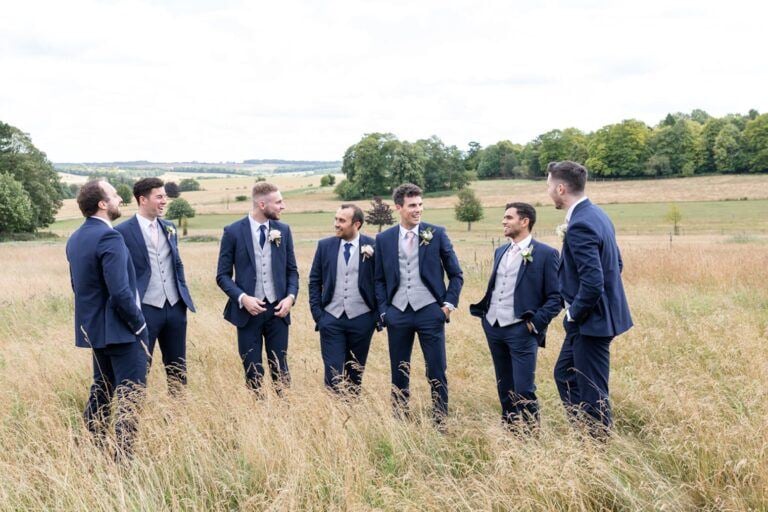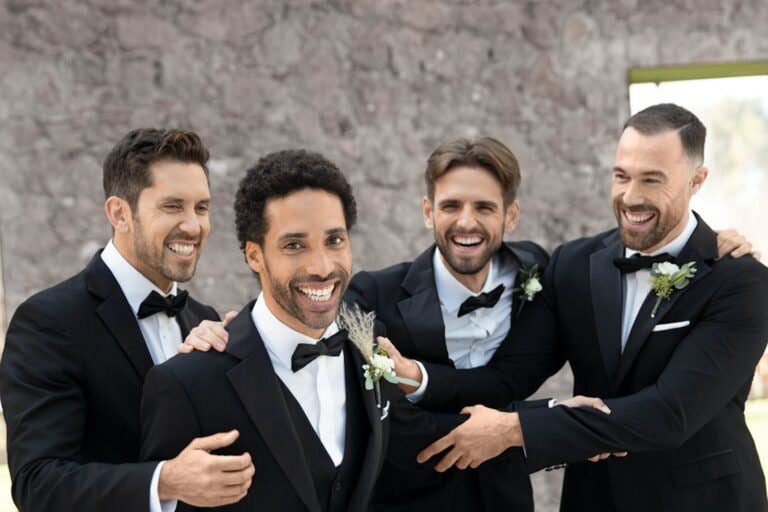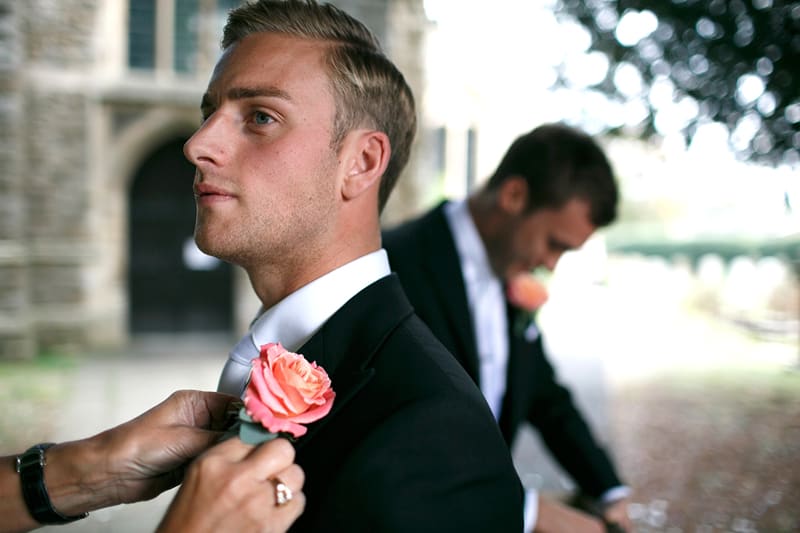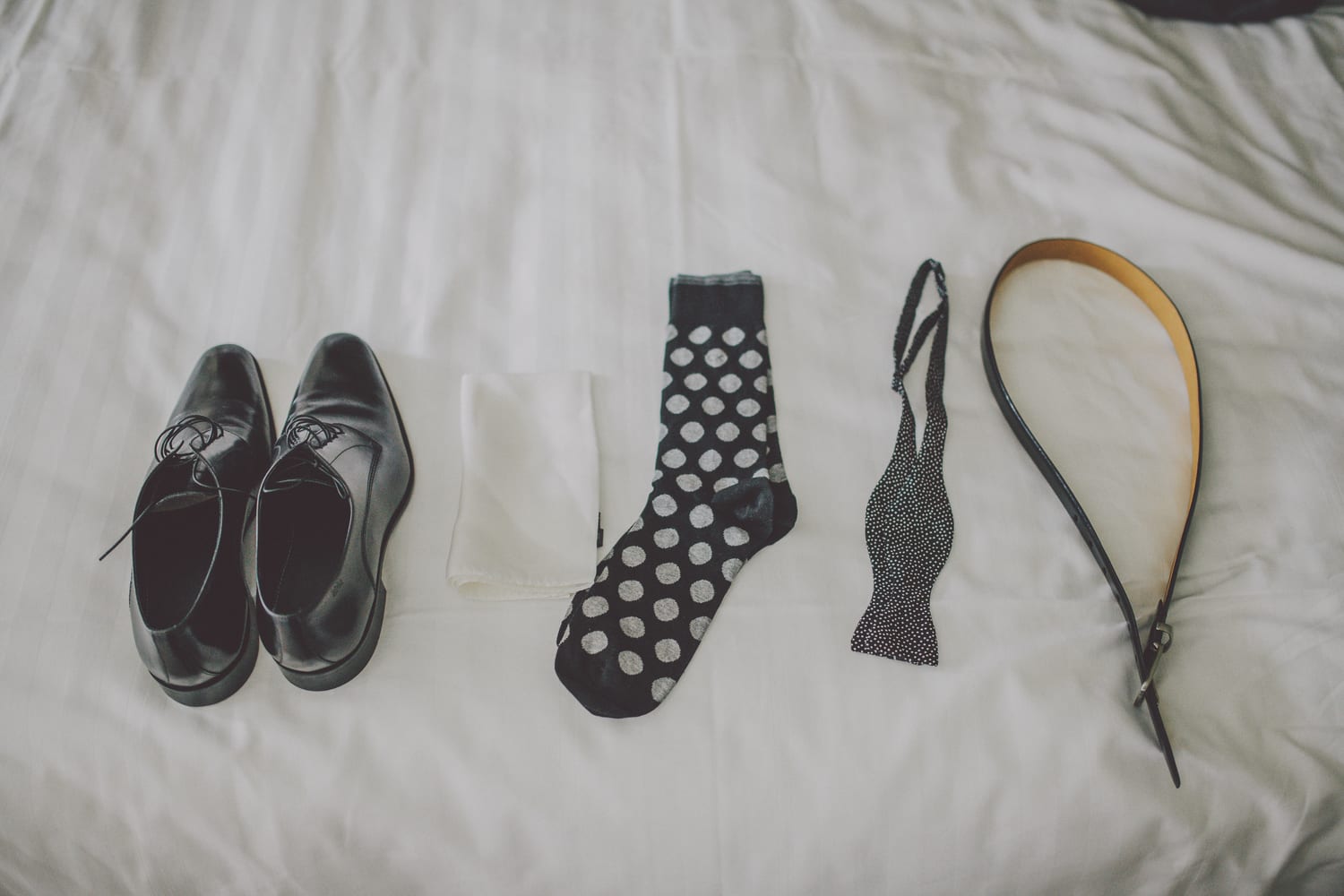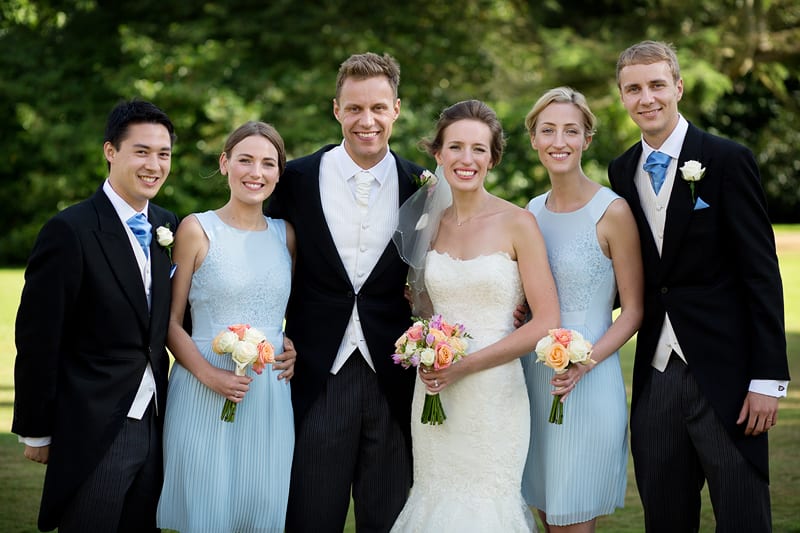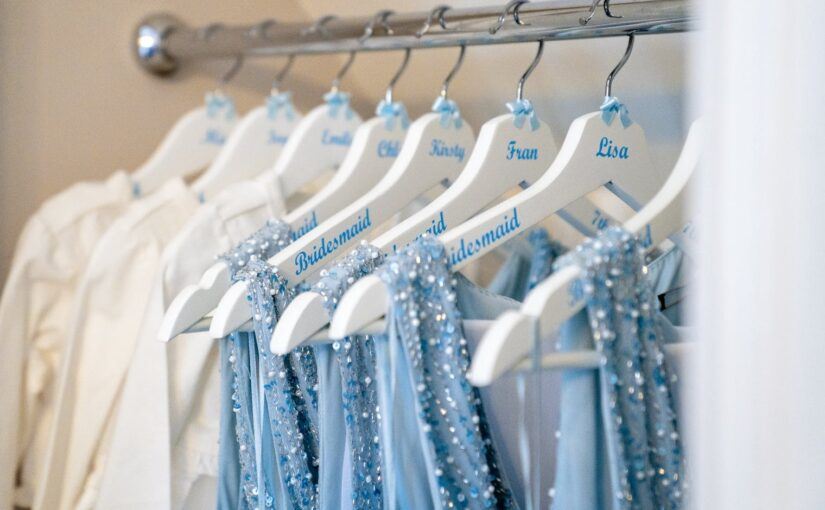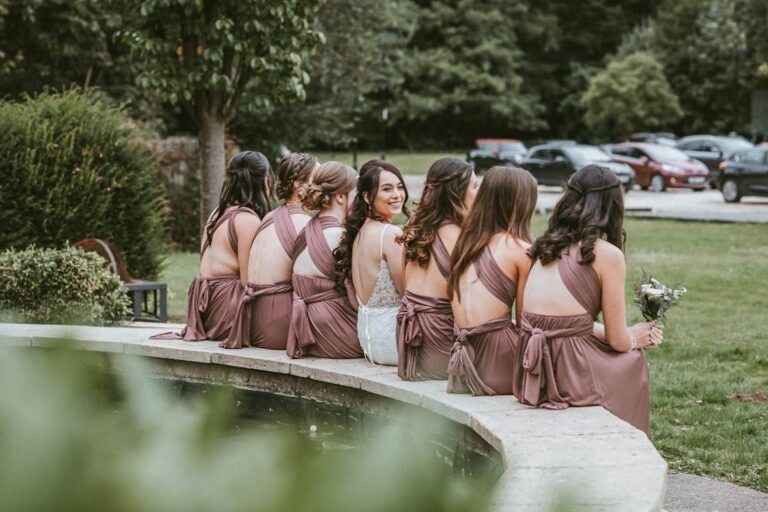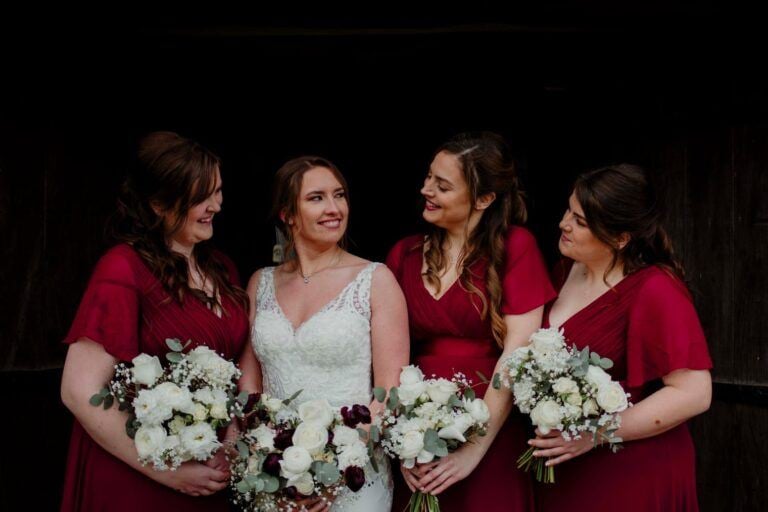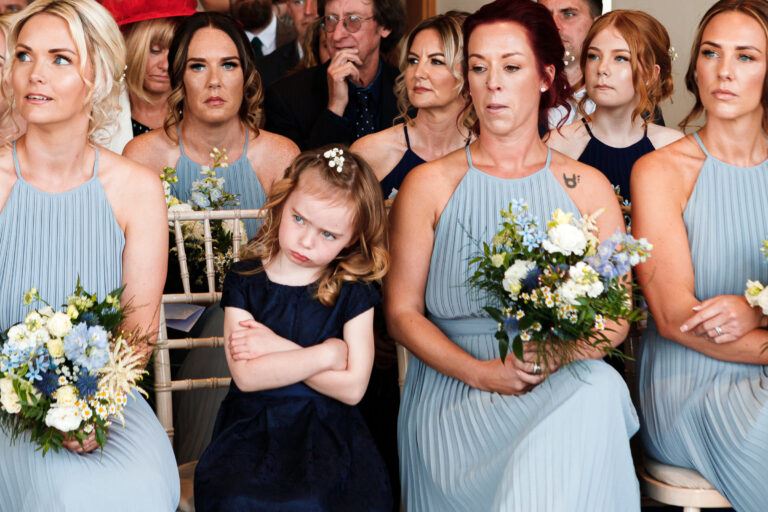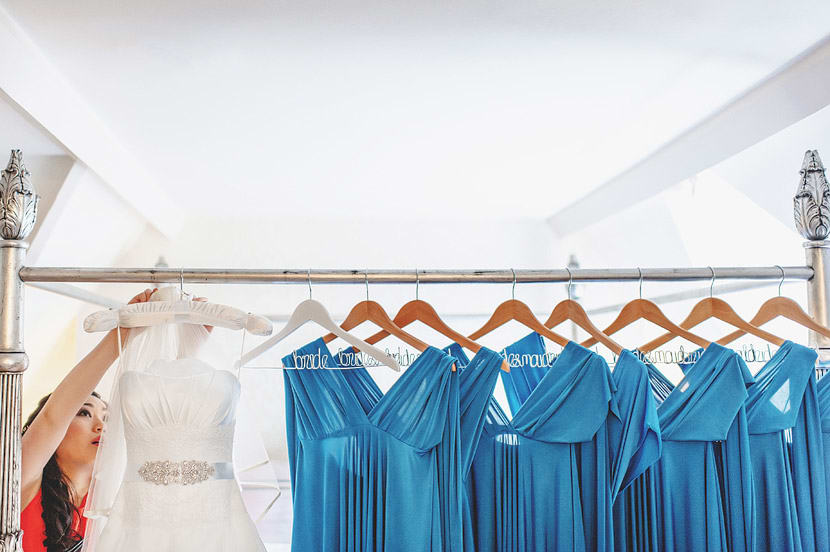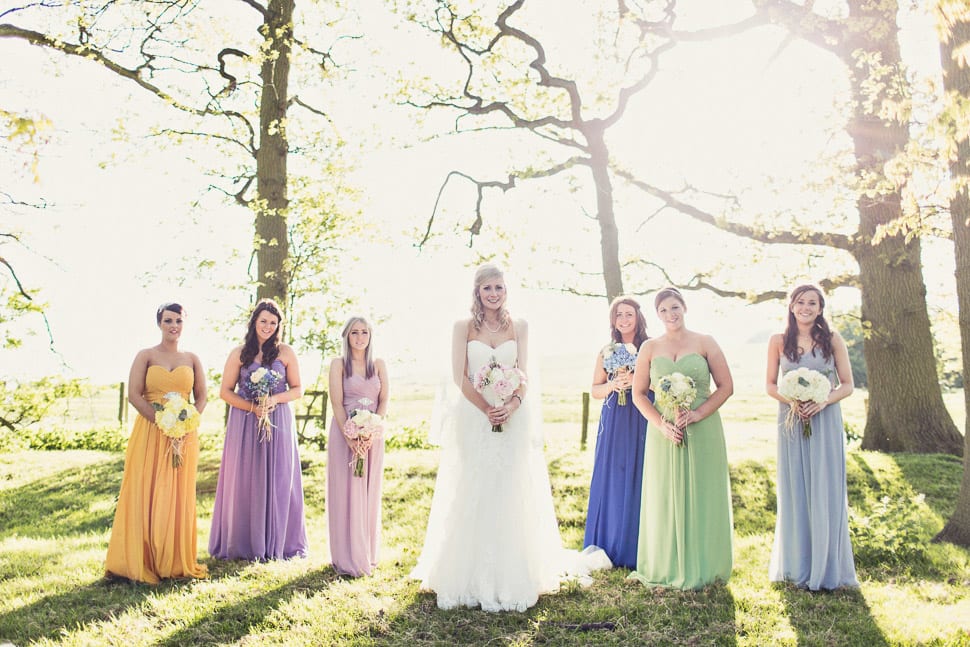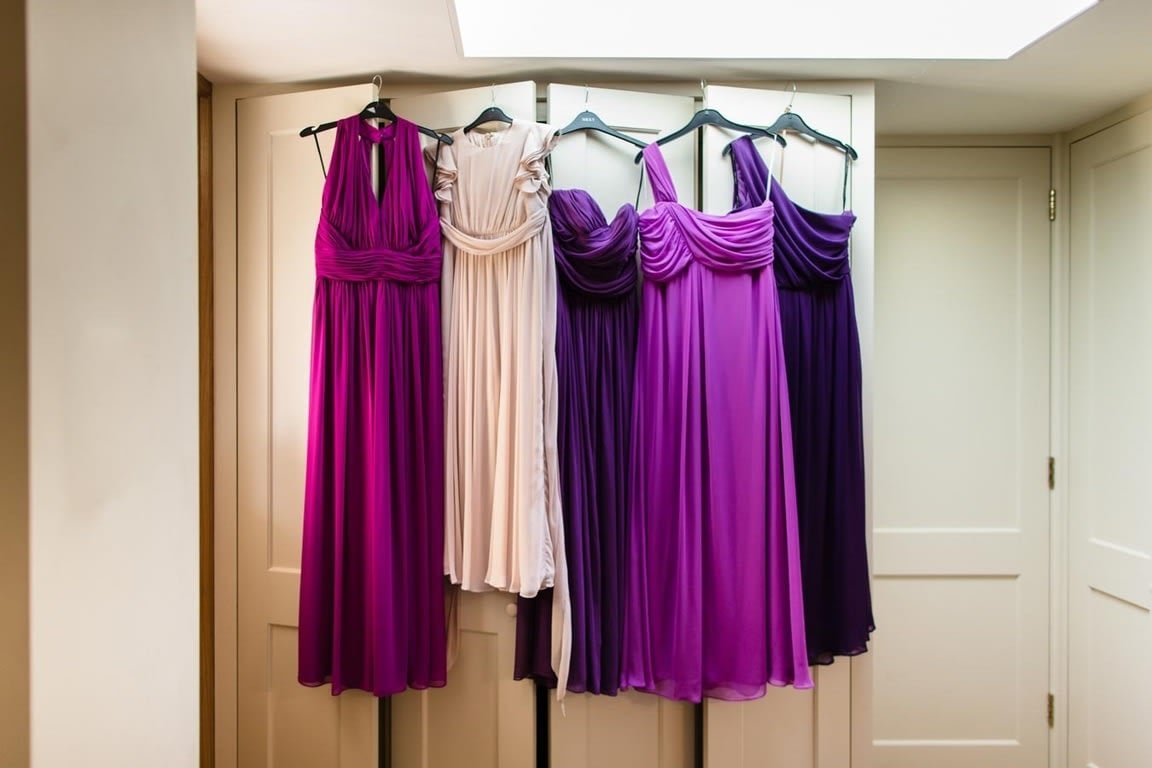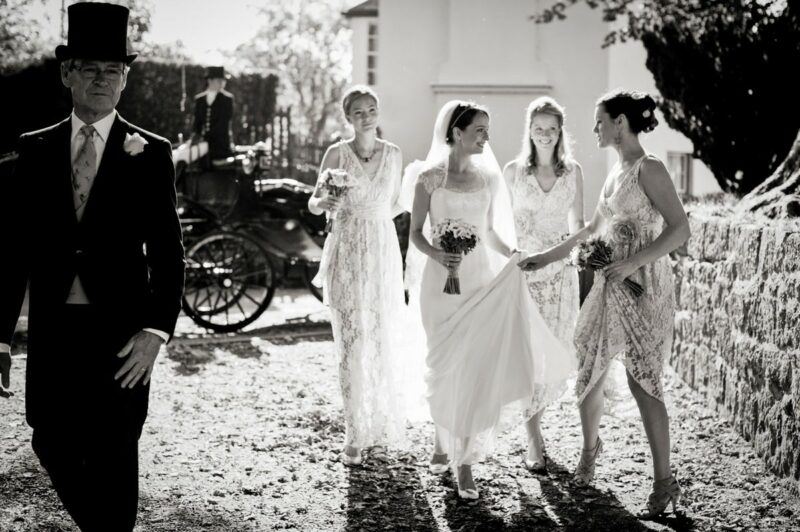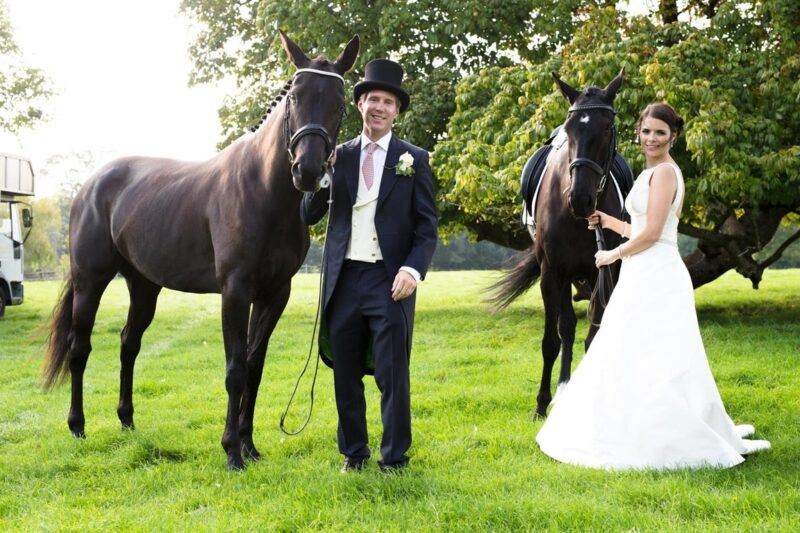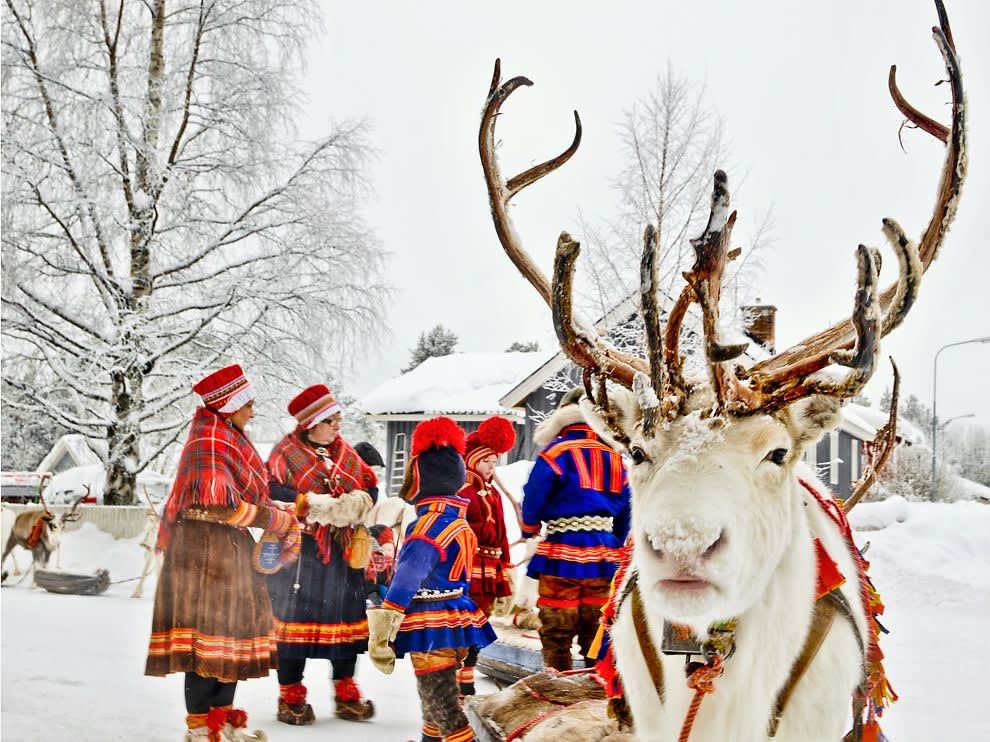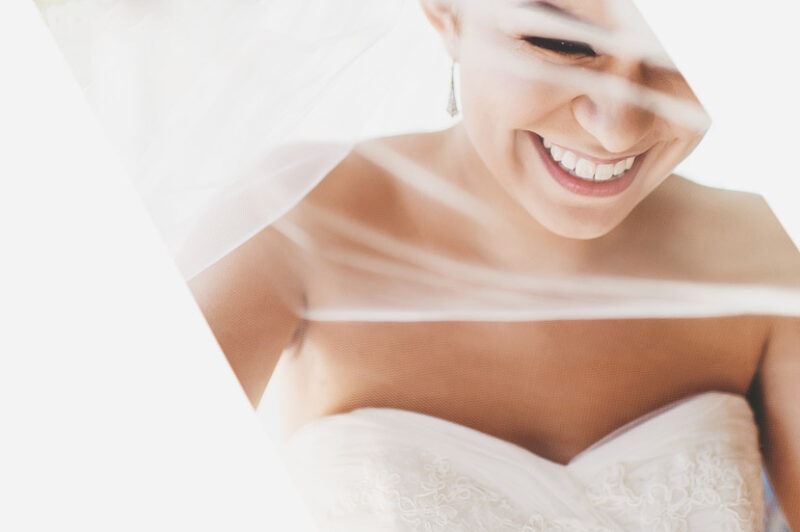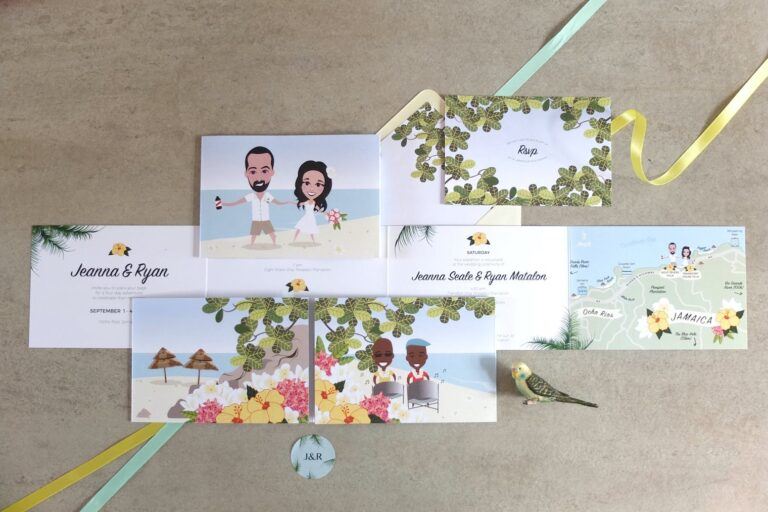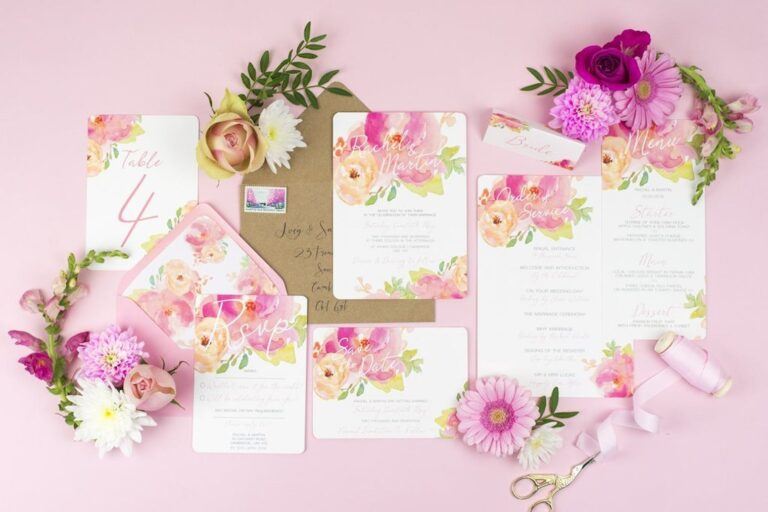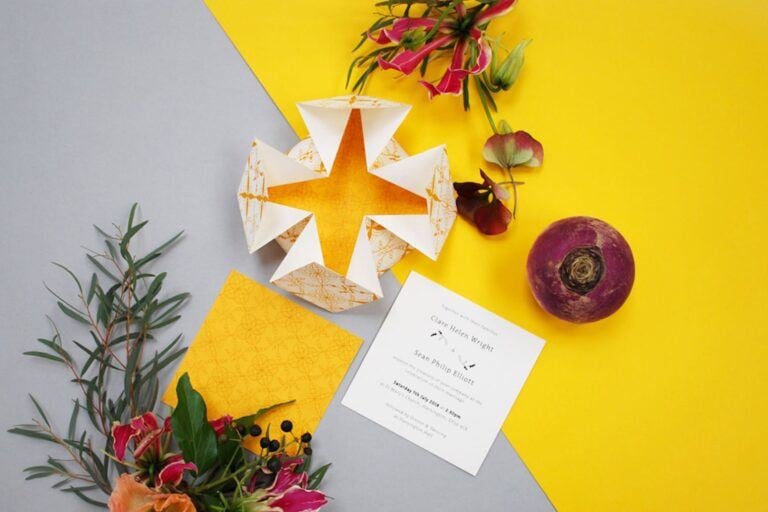The wedding rings you and your partner wear are a symbol of your love and commitment to one another. Not only do they have to be personal to you and your partner, but they need to complement each other and any engagement rings either of you might wear.
The money you might spend on your wedding rings will depend entirely on your taste, the level of customisation you’re after and – ultimately – your budget.
In this post, we’re going to explore everything related to the cost of wedding rings, including the average cost, how much you should spend on wedding rings and why some cost more than others.
What’s the average cost of wedding rings?

In the UK, the average amount of money couples spend on wedding rings is £1,000. However, it’s important to note that this doesn’t include the money spent on the engagement ring and any other jewellery you may buy to wear on your wedding day.
In our ultimate wedding budget breakdown, we reveal that couples spend around £4,000 in total when it comes to wedding bling. However, that’s not to say that you have to stick to that amount – far from it. While some couples do spend this much – and more – you can still buy beautiful wedding rings even if you’re on a far tighter budget.
When it comes to choosing your wedding bands, there are plenty of options available that can affect the price.
How much should you spend on a wedding ring?

While there may be a tradition that states you should spend three months’ salary on an engagement ring (which, by the way, you don’t need to stick to), there aren’t any similar traditions when it comes to your wedding rings.
How much you should spend on your wedding rings is a completely personal choice. If you have a smaller budget, and only want to spend a couple hundred pounds, then that’s totally fine – what the rings represent is far more important, anyway. Similarly, if you have a larger budget to play with, then spending thousands is totally okay too – what you spend doesn’t affect the amount of love you have for your spouse-to-be. You should never feel pressured to spend a certain amount of money on your wedding rings.
That being said, there is one exception to this ‘rule’. It’s advised that the metal used in your wedding rings is the same as the metal used in the engagement ring. This is because some metals are more durable than others, and harder metals can damage softer metals. They can also discolour at different rates, leading to them looking mismatched.
This means if your engagement ring is made out of 18-carat yellow gold, your wedding rings should be made from metal with similar durability – ideally 18-carat yellow gold. So, if your engagement ring is made from an expensive metal, your wedding rings should be – if budget allows – as well.
Why do wedding rings cost so much?

Your wedding ring is one of the rare pieces of jewellery that you’ll wear all day, every day, for decades. Whatever you’re doing, wherever you’re going, it’ll be with you. For that reason, many couples opt to wear wedding rings that are made from hard and durable – and therefore more expensive – metals.
So, while you may be able to pick up a pair of silver wedding bands for less than £150, because silver is so soft it’s prone to scratches and dents, and can even become misshapen over time.
Meanwhile, stronger metals, such as platinum or palladium, may cost three or four times this amount but are far less likely to become damaged.
Ruby from Lebrusan Studio explains why luxury ethical wedding bands in particular can cost so much, but are definitely worth it if you have the budget:
“In this instance, we may only speak on behalf of our own wedding bands, whose prices we believe to be a fair reflection of the time and skill that goes into making them. Along with ethical sourcing, quality of craftsmanship is one of our top priorities. Committing exclusively to fine materials with sound ethical credentials and 100% local and independent manufacture does not enable us to compete with high street jewellers in terms of price. What we can promise, however, is that our wedding bands are designed and crafted with the utmost care and attention, brought into fruition with the purpose of serving as long-standing heirloom jewels to be passed down from one generation to the next.”
How does the metal type affect the cost of a wedding ring?

The type of metal you pick for your wedding bands will dramatically alter the price you’ll pay. Choosing the right wedding ring takes thought and consideration. The price of precious metals fluctuates, but below is a rough idea of what you might pay for a few popular choices.
Gold
A plain 9ct white gold wedding ring will cost between £150 for a 0.5 cm band to £400 for a 0.7 cm band. The variation in price is due to the amount of gold used to create the ring, as well as the strength of the gold, with 9ct or 18ct rings being the most popular and durable option.
Platinum
Platinum is the most durable metal and won’t show any sign of wear (even if you go rock-climbing in it every weekend), which is why it is also the most expensive option. You can buy a 0.2 cm platinum ring for a minimum of £350 or a 0.5 cm ring for £1,100 from a high street retailer.
Titanium
Titanium is a newbie on the wedding ring market and is a darker colour than other precious metals. It is very light and scratch resistant and can cost as little as £50.
Silver
As we’ve already highlighted, silver is a softer metal, which means it’s more likely to get damaged. However, it’s also a more budget-friendly option for couples keen on a precious metal band but not a lot of budget to play with. The cost of a silver wedding band starts from around £70.
What is the most expensive type of metal for a wedding ring?
Ruby from Lebrusan Studio shares her expert insights and explains about the cost of different types of metal in more detail:
“The greater the pure gold content in a gold alloy, the higher the caratage. In other words, whilst 18ct gold is 75% pure gold and 25% other metal, 9ct gold consists of 37.5% pure gold and 62.5% other metals. The higher the carat weight, the greater the price, with 18ct gold generally tending to cost around twice as much as 9ct gold.
Here at Lebrusan Studio, we offer three types of gold with different provenance stories. Our recycled gold affords our clients the opportunity to minimise their environmental impact by utilising material already above-ground. Priced the same as ‘industry standard’ gold, it’s our cheapest option. Meanwhile, our Fairtrade Gold is a little more expensive because it can be traced right back to its artisanal source, with a proportion of the money we pay for it ensuring safe working conditions, financial security and educational, medical and environmental investment in the miners and their communities. Similarly, our Fairmined Ecological Gold – our most expensive gold option – fulfils the same purpose of championing and supporting artisanal miners, but is extra special because it’s extracted without the use of any mercury or cyanide whatsoever.
In spite of a historic dip in recent years, platinum just about remains a more expensive option than gold. This can be attributed to its relative rarity and its density, as precious metals are often priced by weight. Although white gold, which is almost identical to platinum in appearance, is cheaper, platinum comparatively requires very little maintenance over the years, so is arguably a reliable investment.”
What other factors can affect the cost of a wedding ring?

Just like when it comes to choosing any other piece of jewellery, there are many factors that will affect exactly how much your wedding rings cost.
- Design – Many couples choose a simple band, but this isn’t a requirement for your wedding rings. The more intricate the design, the more it’s likely to cost.
- Size – The thicker the band, the more metal it requires and therefore the pricier it will be.
- Brand/retailer – Rings from high-end brands and retailers, such as Tiffany&Co., will cost more than most online or high street retailers.
- Season – During periods of high demand, such as the spring and early summer, costs can fluctuate.
- Customisation – Many couples choose to personalise their wedding bands with a meaningful engraving, or the fingerprint of their beloved on the inside. Due to the time and expertise required, this will increase the cost.
- Stones – It has become an increasingly popular option for brides and grooms to go for diamond set rings, as they can add a bit of sparkle to a simple band. These are priced similarly to engagement rings, depending on the metal that you choose and the cut, carat and clarity of the diamonds you wish to include. To give you an indication of prices, an 18ct white gold ring with a half band of 0.15ct diamonds will cost in the region of £625.
Plan your dream wedding with Bridebook
Here at Bridebook, we have a fabulous range of jewellers so you and your partner can find your perfect wedding bands. Sign up today and begin your planning journey!
You Might Also Like…
- The Ultimate Wedding Budget Breakdown
- How Much Does a Wedding Cost? The 2024 UK Average
- Saving Tips: Wedding Accessories
- How Much Does a Wedding Dress Cost? The 2024 Average Revealed


